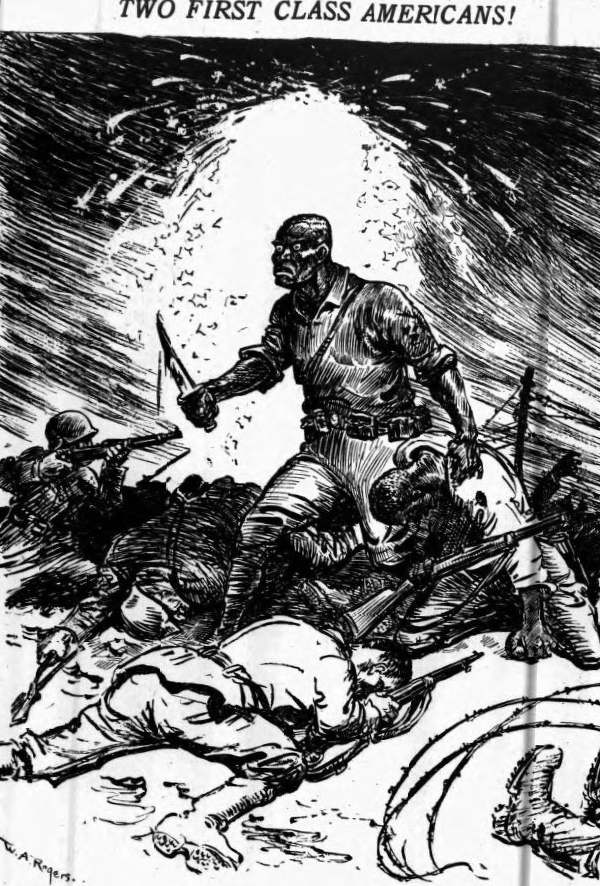You're looking for waaaaaay too much out of the game. It doesn't give a terribly logical reason for dragons, either, which if the the first line is the entire context, would be the only allowed(if monsters require context to be there) monster at all.
The game is also not really a medieval/renaissance world. The time period is mixed to greatly to match anything here on earth and is its own unique thing.
Singling out orcs and half-races is an incredible bit of cherry picking if you're doing it based on that first line up there, as you're picking out a small handful of illogical races out of the hundreds the game provides.
Here is the context as given by the 5e PHB.
"THE DUNGEONS & DRAGONS ROLEPLAYING game is about storytelling in worlds of swords and sorcery. It shares elements with childhood games of make-believe. Like those games, D&D is driven by imagination. It's about picturing the towering castle beneath the stormy night sky and imagining how a fantasy adventurer might react to the challenges that scene presents."
Half-orcs, half-elves and the rest fit as well into the actual context as dragons, gelatinous cubes and all the others.

